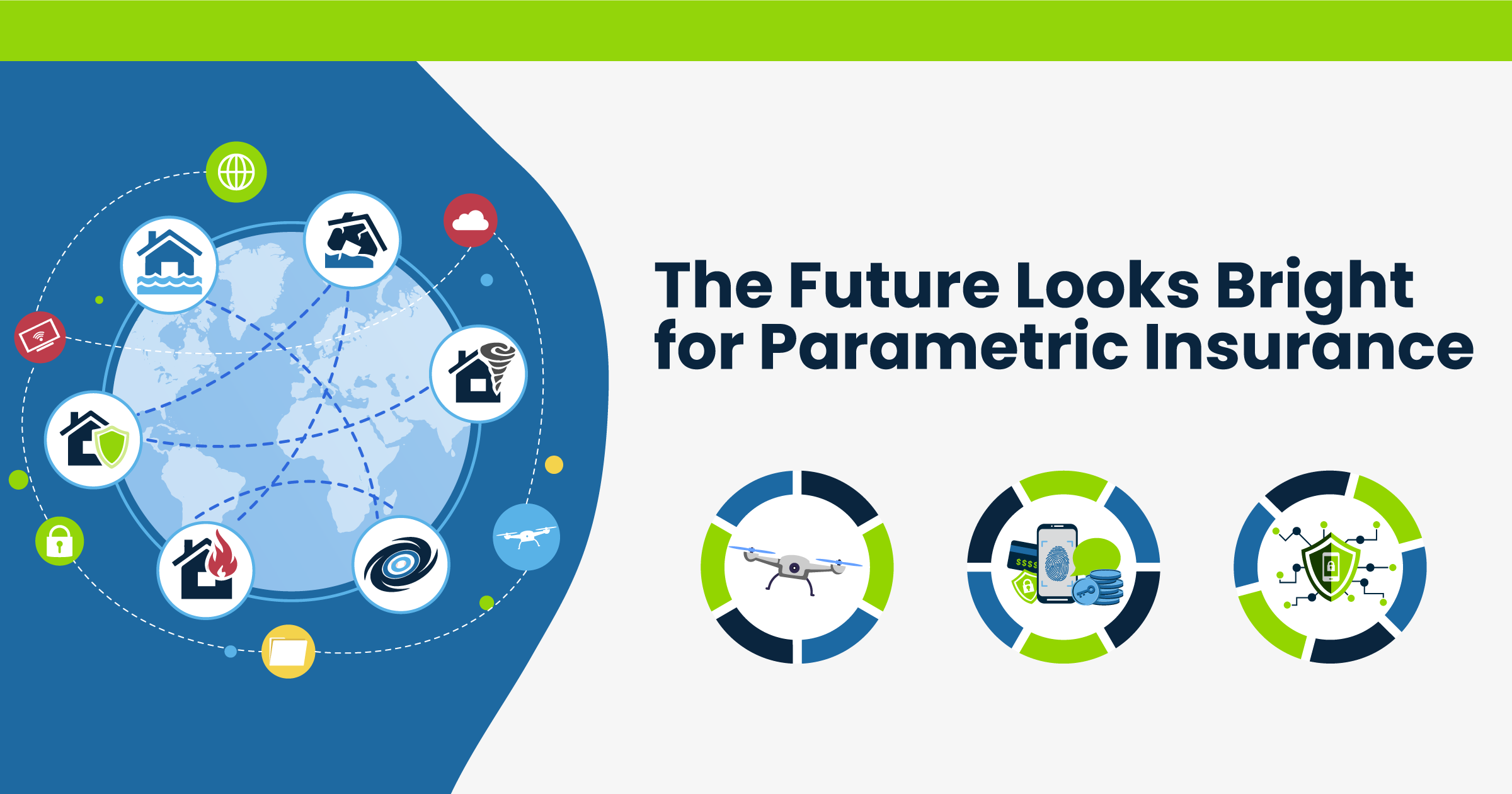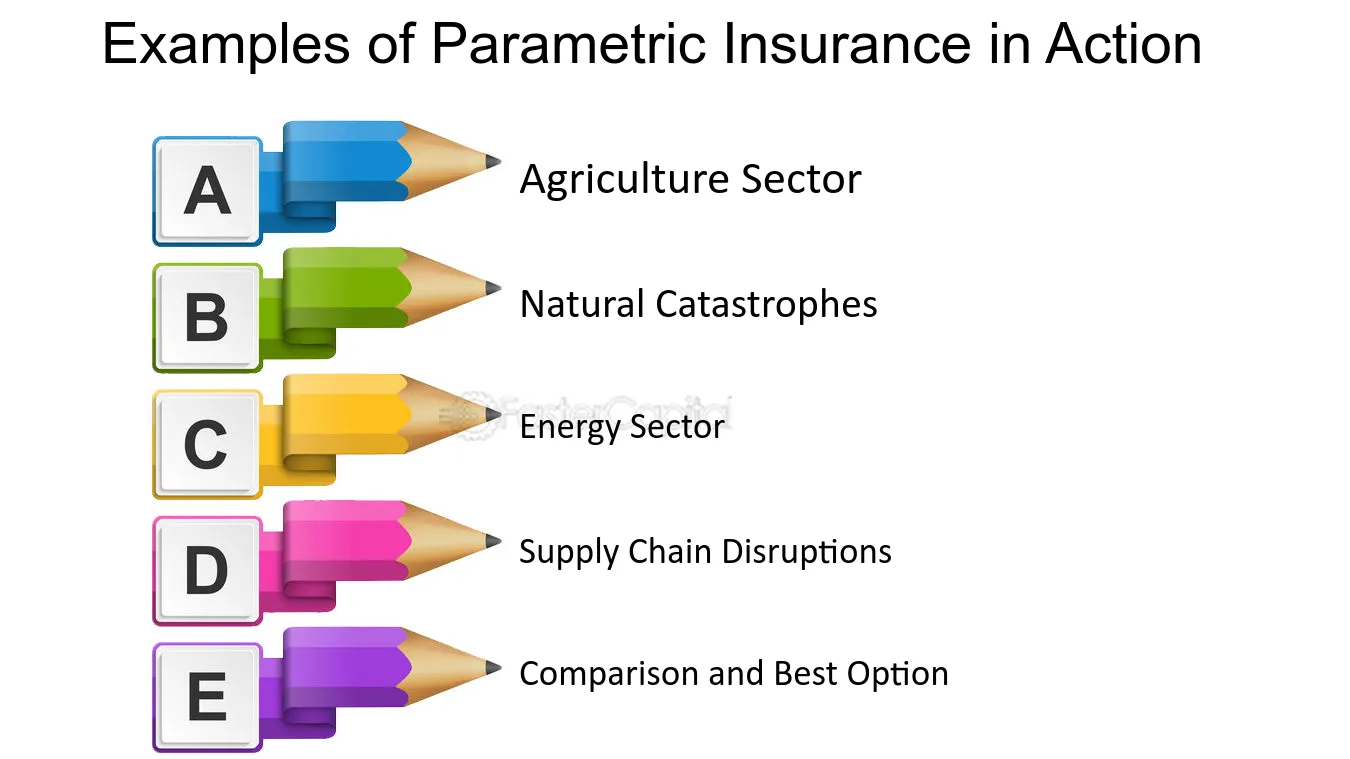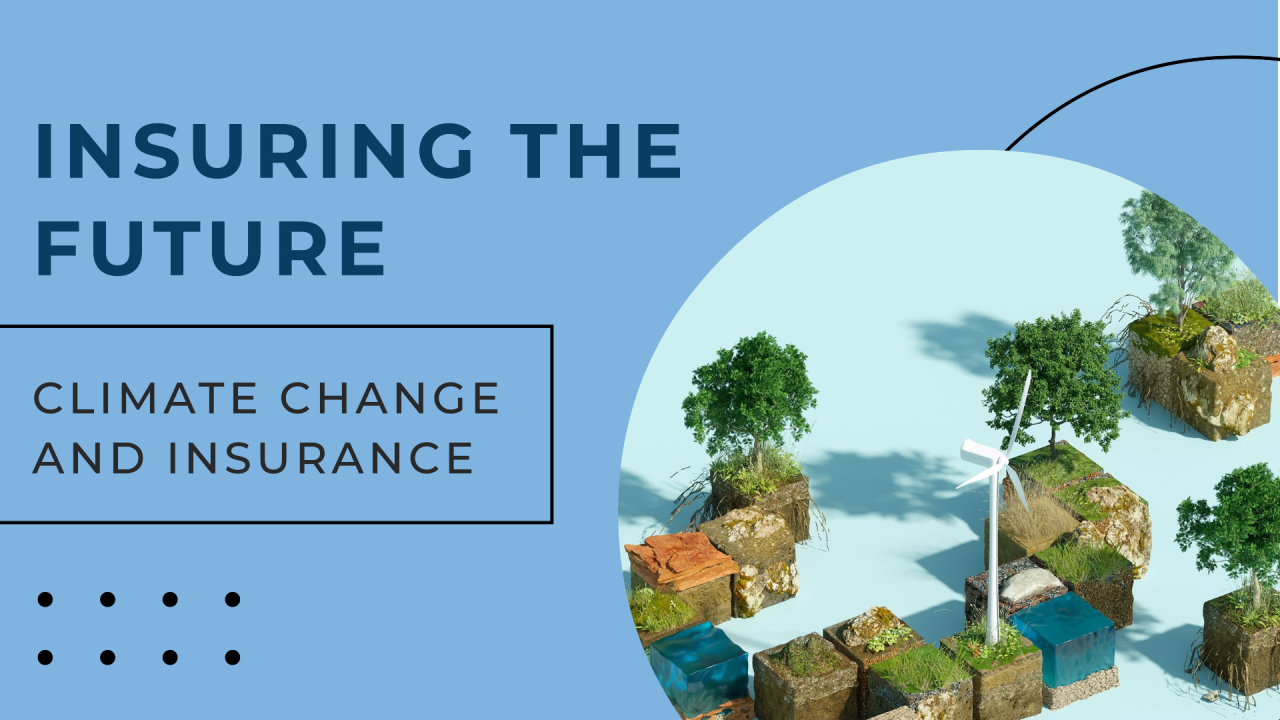Natural disasters are becoming increasingly frequent and severe, leaving businesses vulnerable to devastating financial losses. As climate change intensifies, traditional insurance models struggle to keep pace with the unpredictability of nature’s wrath. Enter climate insurance—a game-changing solution that offers more than just a safety net for companies facing these challenges.
Amid this evolving landscape, parametric insurance is emerging as a powerful tool for businesses looking to safeguard their operations against environmental risks. This innovative approach promises quick payouts based on predefined parameters rather than the complicated claims process typical of indemnity policies. It’s not just about protecting assets; it’s about ensuring resilience in an unpredictable world.
So how does parametric insurance work? And what makes it such an appealing option for businesses grappling with the realities of climate-related disruptions? Let’s dive into this fascinating topic and explore how parametric insurance is transforming risk management in today’s ever-changing environment.
The Traditional Approach: Indemnity Insurance
Indemnity insurance has been the traditional safety net for businesses against natural disasters. It operates on a straightforward premise: if you suffer a loss, your insurer compensates you based on actual damages incurred.
This type of coverage provides peace of mind, as businesses can recover what they lost—whether it’s property damage or revenue losses from downtime. However, it often involves lengthy claim processes and complex assessments.
Policyholders must navigate bureaucratic hurdles to prove their losses. This can lead to delays in receiving funds when time is critical.
Moreover, indemnity insurance typically requires extensive documentation and proof that the claimed amount is legitimate. For many companies facing immediate financial strain after a disaster, this system may not provide the timely support they need to bounce back effectively.
The Rise of Parametric Insurance

The landscape of insurance is evolving rapidly. Traditional models often fall short during crises, particularly when swift action is crucial. This gap has paved the way for parametric insurance to gain traction.
Unlike conventional indemnity policies that reimburse based on losses incurred, parametric insurance pays out automatically when specific conditions are met. For example, if a hurricane hits and wind speeds exceed a predetermined threshold, businesses receive instant funds without lengthy claims processes.
This innovation not only expedites financial support but also brings clarity and predictability to risk management. Companies can focus on recovery instead of navigating complicated paperwork in times of distress.
As extreme weather events become more frequent due to climate change, the demand for efficient solutions like parametric insurance continues to grow. Businesses are recognizing its potential as a proactive measure against unpredictable natural disasters.
How Parametric Insurance Works
Parametric insurance operates on a simple principle: predefined triggers. Instead of assessing actual losses after an event, it pays out based on specific parameters. These parameters could be related to weather conditions like rainfall levels or wind speeds.
When a trigger occurs, the payout is automatic and swift. For example, if a hurricane reaches a certain wind speed, affected businesses receive funds promptly without lengthy claim processes.
This model eliminates much of the bureaucracy tied to traditional policies. Businesses can focus on recovery rather than paperwork.
Moreover, parametric insurance often utilizes technology for monitoring events in real-time. Data from satellites and meteorological services ensure accurate assessments and timely disbursements.
This approach provides financial certainty when natural disasters strike. Companies can navigate challenges with less stress knowing help is just around the corner when triggers are met.
Benefits of Parametric Insurance for Businesses

Parametric insurance offers businesses a fast and efficient way to manage risks associated with natural disasters. Unlike traditional policies, payment is triggered by predefined parameters, such as wind speed or rainfall levels. This ensures swift financial assistance when it’s needed most.
Cash flow can be vital during recovery periods. With parametric coverage, companies receive payouts quickly—often within days of an event. This allows them to resume operations without significant delays.
Moreover, these policies provide greater transparency in terms of coverage and payout conditions. Businesses know exactly what triggers compensation, eliminating ambiguities that often complicate claims processes.
Another advantage is the ability to customize plans based on specific risks faced by different industries. Whether it’s agriculture affected by drought or tourism impacted by hurricanes, tailored solutions offer peace of mind for business owners navigating uncertain climates.
Case Studies: Real-Life Examples of Parametric Insurance in Action
In the Bahamas, a tourism company turned to parametric insurance after suffering losses from hurricanes. When Hurricane Dorian struck, they quickly received payouts based on pre-set weather triggers. This rapid response allowed them to cover immediate operational costs and focus on recovery.
In another instance, an agriculture firm in India implemented parametric insurance linked to rainfall measurements. During a drought season, the organization received funds within days of failure to meet specified rainfall levels. This timely support helped farmers manage expenses and secure their livelihoods.
Meanwhile, a renewable energy project in Africa faced challenges from unpredictable storms. By using parametric coverage tied to wind speeds, they ensured funding during adverse weather conditions without lengthy claims processes. The agility offered by this model proved essential for maintaining operations amid climate uncertainties.
Challenges and Future of Climate Insurance

The landscape of climate insurance is evolving, but it’s not without hurdles. One significant challenge lies in accurately assessing risks associated with natural disasters. As climate patterns shift unpredictably, insurers struggle to develop reliable models.
Furthermore, many businesses remain unaware of available options or the nuances between traditional and parametric insurance. This lack of knowledge can hinder adoption rates and leave companies vulnerable.
Regulatory frameworks also play a crucial role. In some regions, outdated regulations impede innovation within the industry. Insurers need more flexibility to address new challenges posed by extreme weather events.
Looking ahead, collaboration among stakeholders will be essential for progress. By sharing data and insights, insurers can create better products tailored to diverse business needs. The evolution of technology may hold key solutions as well—predictive analytics could enhance risk assessment capabilities significantly in coming years.
Conclusion
The landscape of climate insurance is evolving rapidly. Traditional indemnity insurance often falls short in addressing the immediate needs of businesses affected by natural disasters. As climate-related risks escalate, the demand for innovative solutions like parametric insurance has surged.
Parametric insurance offers a fresh approach, providing quick payouts based on predetermined triggers rather than assessing individual losses. This model allows businesses to recover faster and mitigate financial stress during crises. The benefits are clear: reduced claims processing time, enhanced cash flow management, and improved risk assessment capabilities.
As we look at real-life examples where parametric insurance has made a significant impact, it becomes evident that this solution is not merely theoretical—it’s practical and effective. Companies that have adopted this approach report better resilience against disruptions caused by extreme weather events.
However, challenges persist in expanding the reach of climate insurance options. Understanding policy nuances and ensuring adequate coverage remain critical hurdles for many businesses considering these products.
With increasing awareness about environmental changes and their consequences, organizations must embrace new strategies to protect themselves from future uncertainties. Parametric insurance stands out as an essential tool that could redefine how businesses navigate the complexities of our changing climate landscape.
Other Links:
Event Cancellation Insurance: Why Every Event Planner Needs It in Uncertain Times
Pandemic-Proof Your Business: Understanding Business Interruption Insurance
On-Demand Car Insurance: The Future of Flexible Coverage for Modern Drivers
Gig Workers’ Guide to Insurance: How Freelancers Can Protect Their Health and Income
